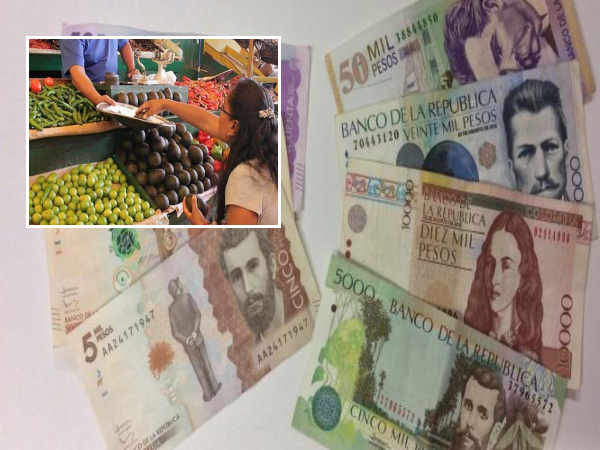HAVANA, Cuba. – If the Castro regime has been efficient at any one thing – some people insist on calling it “the Cuban revolution”- it’s been to create myths: the insurgency in the Sierra Maestra; Che Guevara; the threat of an American invasion; Fidel Castro’s genius; the more than 600 attempts against his life of him; the US blockade being responsible for almost everything bad that happens in Cuba; free health care and education; an educated and cultured people; a just and solidarity-minded society; etc etc.
Another one of the myths –the most convenient in order to attract foreign tourists- is the one that tells that Cuba is a safe and peaceful country, where individuals can walk up and down the streets at any time of the day or night without anything bad. happening to them. Well, that myth, like all the others, is vanishing.
In recent years, being robbed in the middle of the street has become a frequent thing, your cellphone, bags, or backpack taken from you. There are thugs willing to tear your arm off or even your head in order to steal a watch or a gold chain, who are willing to even kill you, because even murdering someone – sometimes atrociously – in order to steal something from them is on the rise.
A few days, in Centro Habana, a Cuban who resides in Spain and was in Cuba visiting his family, was beaten on the head, stabbed and his throat was slit by robbers who entered his house. All of this happened in front of his wife and little girl.
There is no “crimes page” in Cuba’s official press, but news of these incidents gets around fast by word of mouth, and causes alarm among people, which is why there are fewer folks walking around at night, more iron railings on windows and high walls around homes, big and ferocious guard dogs on watch, and more people thinking it twice before opening their door to strangers.
The frequency of these incidents is shocking if one considers that owning a weapon is forbidden in Cuba; that there are Committees for the Defense of the Revolution (the CDR, by its Spanish acronym) and informants on every corner; that one can go to jail for the mere suspicion that you can commit a crime, and there are so many cops out on the street that it looks like an occupation army.
In 2012, according to data published by the United Nations Office on Drugs and Crime (UNODC), Cuba’s homicide rate was one for every 100,000 inhabitants, which placed it a little bit ahead of the US, whose rate was 4.8.
Undoubtedly, with the severe crisis that Cuba is facing—the worst in its history—today, the homicide rate must have increased.
You only have to consider just how frustrated, stressed and violent people are on the island. For a place in the food line at the market, or being stepped on in a crowded bus, or an argument between neighbors, people are willing to attack each other, armed with whatever they can get their hands on.
Several things contribute to the numbers of the dead and wounded: financial debts that are collected by taking the debtor’s life; young men who drug themselves in order to score “blood points” that can be considered when taking the Abakuá oath, now that thugs have taken hold of this respectable fraternal society for their criminal doings; the settlement of scores between gang members; the reggaeton parties that usually end to the tune of machete blows; the arguments between drunkards; the fights among prisoners.
And every day, there are more femicides perpetrated by men who will not accept that their mate is not their property, and opt for repeating “She belongs to me, or to no one” in nineteenth-century style.
In spite of television spots, the campaigns implemented by the Federation of Cuban Women, the National Center for Sex Education and the Orientation Houses for Women and Family, domestic violence has not decreased. How could it decrease, with the burdens and overcrowding under which people must live?
Many men take out their frustrations on their mates, insulting them and beating them. Few women file a complaint, even if they fear for their lives, because generally, if matters are not too serious, the police will abide by the popular saying -“Between husband and wife, no one should meddle”- and advise the couple to solve the problem on their own because the national police (PNR, by its Spanish acronym) has far more important things to attend to, like, for example, picking up the casualties after a group fight; protecting foreign tourists; extorting prostitutes (jineteras), pimps and impostors on the food lines, and assisting State Security to repress dissidents.
The homicide rates published in UNODC reports do not necessarily indicate the general level of violence in a country, but do give a fairly accurate idea of the problem.
Some people may find comfort in the fact that other countries in the Americas have higher homicide rates than Cuba: Jamaica (40.9); El Salvador (69.2); Honduras (91.6); Colombia (31.4); Venezuela (45.1). That’s no comfort at all. The fact that Cuba does not have the highest rate of murders in Latin America (the second region in the world with the most international homicides), does not mean that the situation in Cuban society is not growing increasingly alarming. And what’s worse: the reasons that cause it, far from diminishing, are being exacerbated.
OPINION ARTICLE
The opinions expressed in this article are the sole responsibility of the person who issues them and do not necessarily represent the opinion of CubaNet.
Receive information from CubaNet on your cell phone through WhatsApp. Send us a message with the word “CUBA” on the phone +1 (786) 316-2072, You can also subscribe to our electronic newsletter by giving click here.






